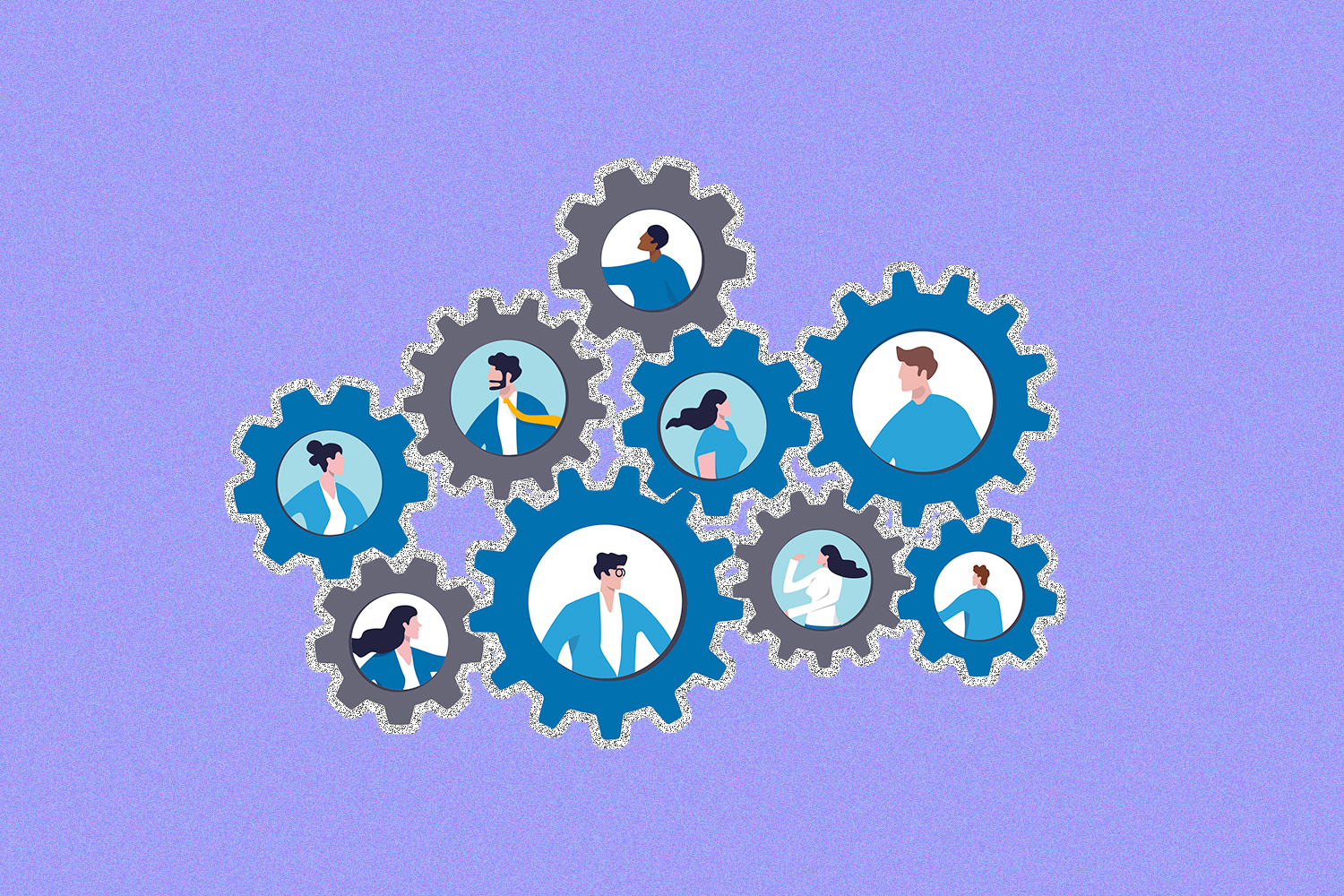CEOs worry about the skills gap as new technologies are changing the employment landscape. Upskilling, or acquiring new skill sets through further job training, may be the solution.
Half of the world’s employees will need to retrain or upskill by 2025 to keep up with the pace of automation and new technologies, according to a 2021 report by the World Economic Forum (WEF). Research from McKinsey Global Institute estimated 100 million workers in eight large economies may need to switch occupations by 2030.
There is an increased demand for workers who can fill data science jobs, roles in the green economy, and artificial intelligence-related positions, as well as new roles in cyber-security, cloud computing, and engineering, according to The Future of Jobs Report. Nearly half of those keeping their current roles within five years will have to re-skill in order to maintain their abilities.
Our introduction to upskilling is designed to walk you through the basics of upskilling and how the process can best be applied to your team.
What Is Upskilling?
Upskilling involves acquiring or providing someone with advanced skills or abilities, often through further education or training. In contrast, reskilling is the process of learning new skills so you can do a different job, or of training people to do a different job.
Upskilling is often linked with learning digital skills. Digitalization will require every organization to have employees who can operate in an online environment. Companies with outdated talent strategies will not be able to keep up with the rate of change.
Companies need to support their employees by making upskilling and reskilling programs part of their business strategy, according to Carolina Yeo, a partner at the Future Work Forum, co-founder of &ahead, and former Global Head of HR/Talent Management. These programs should be jointly designed and run by business unit leaders, learning and development experts and/or HR Business Partners at your organization.
“The roles responsible for global upskilling and reskilling initiatives are generally heads of global L&D [learning and development]; diversity, equity and inclusion; and heads of talent programs. It is crucial for business units and functional leaders to be actively involved in championing the process at an early stage for these programs to succeed. Learning and development programs are a good way to start and key to employee engagement and talent retention,” says Yeo.
Why Upskilling Should Be a Top Priority
Keeping your employees’ skills up-to-date and commensurate with today’s digital demands can create an advantage for your business. Frank Cao, CFO of Lunaler Group, calls upskilling one of the company’s “core competitive advantages going forward.” Cao, whose company offers high-end, home-health products in China, upskills his team members on digital marketing and digital products’ programs. “We used to set goals using the top-down model before the pandemic, but we started to use a hybrid model that combines top-down and bottom-up to set goals for our employees,” he says.
Upskilling your employees can lead to retention of top talent, which also presents a cost-saving opportunity. “Each employee departure is costly for companies, averaging about one-third of that worker’s annual earnings, including expenses such as recruiter fees, temporary replacement workers and lost productivity,” adds Yeo.
Employers look for experienced personnel but should really look for ways to develop (talented) employees and help them find their path, says Marisol Schaap, management development advisor at SVB Sociale Verzekeringsbank, a Dutch social security institution. “We have an interesting option — werkervaringsplek, translated as ‘work experience place’ — in our organization that’s proven successful so far,” Schapp says. “It’s the opportunity to work temporarily (often part-time) in a certain new role carefully designed to fit an employee’s needs and future career goals. That is in consultation and in agreement with the employee’s manager.”
Employers seeking talented candidates can set themselves apart by prioritizing upskilling programs, such as those offered by PwC , AT&T, and Fitch Group with its CreditPath program that brings support professionals back to work after an extended break. “Companies also build their brands as an employer of choice when they invest in supporting their employees and teams in future proofing their careers,” says Yeo. Big tech companies like Amazon, Microsoft, and Google offer upskilling programs or digital tools for their global workforces.
“As more and more investors and stakeholders evaluate their companies by their ESG metrics, more employers seek to promote inclusive and sustainable economic growth, provide productive employment, and in addition, fulfilling work,” Yeo explains.
Upskilling initiatives are becoming a priority for policymakers as well. “The public sector allocated large amounts of funding to upskill mid-career individuals such as the Skills Future initiative in Singapore where over 660,000 individuals and 24,000 enterprises benefited,” confirms Yeo. “In general, there is a strong focus to urgently upskill employees who have traditionally worked in non-digital or technology roles and whose roles are at high risks of being obsolete.”
Establishing an Upskilling Culture
Training that improves an employee’s existing skill set allows them to advance in their current position and provide added value to a company. Upskilling and reskilling programs connected with mentorship can increase the programs’ success rate, according to Yeo.
“Employees would have a chance to meet with senior professionals who have already done it and have experience and expertise to share,” she says. An example is &ahead’s Mentoring Lounge, where mentors support mentees and offer valuable insights on how to successfully transition careers.
“We provided a series of online training courses for all employees — seminars, webinars, e-learning platform tools which covered many topics,” Cao says. “Our business abilities have improved significantly because of increased employee engagement and productivity… What works best is giving employees the freedom to set their training targets, training goals, and strategies and to commit to their own skills development.”






